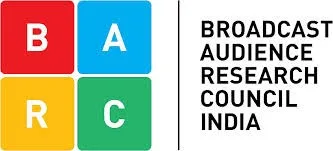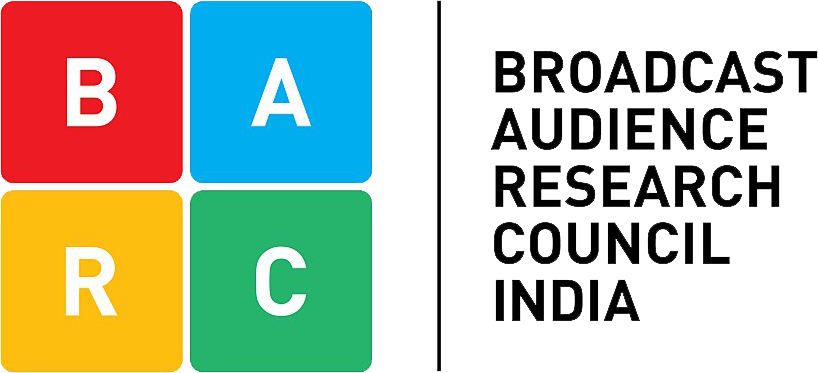RLD – Opportunities and Beyond

Last year October Broadcast Audience Research Council (BARC) – sole TV Viewership Monitoring Entity in India – announced the release of Respondent Level Data (RLD) for Broadcasters. While it was accessible to Media Agencies before that, releasing the data to broadcasters was new.
Before I explain what RLD is let me tell you how BARC monitors TV viewership. As per a document (“television-audience-measurement-description-of-methodology.pdf”) posted on BARC’s website the company claims to have a panel size of 55k Household or 1.8L individuals. Each individual in the panel is given a weight based on the population estimate which is then used to report the viewership.
Up until the release of RLD, BARC used to deliver the viewership data via a licensed desktop application called YUMI. The end user who has a YUMI license is able to run aggregate reports for various media KPIs and export them to excel/csv/txt format for his/her analysis.
There were 3 major problems to this approach:
- Fragmented data Extraction and Reporting
- RPA overheads in case of centralized reporting
- Lack of sample level analysis
Fragmented data Extraction and Reporting:
The process of data extraction from YUMI can be time taking. One has to first update the application every week and then extract the data. Also, when your entire MIS team is occupied in a frenzy of data extraction and reporting there are very few left to read the report.
RPA overheads in case of centralized reporting:
In case of a few companies that have centralized reporting, onboard super expensive RPA bots. According to this article by TrustRadius (https://www.trustradius.com/products/uipath-platform/pricing) the price of a bot can range between $420 to $1930. It may go up based on the task. That’s around INR 1.6L per month and that’s just the base cost. Another article by EY says that “about 30%-50% RPA initiatives fail” thus adding risk to the implementation of RPA.
Lack of Sample Level Analysis:
YUMI Reports do not allow us to trace the viewership of each viewer and understand their viewing pattern in detail. Also, attribution to change in viewership due to change in sample distribution is not possible with YUMI data.
RLD can help us overcome these problems. BARC delivers RLD via an SFTP Server. This data can then be downloaded the server into the end user’s database. This process can be fully automated without any RPA overheads. Adding to this all metrices as reported via YUMI viz, GRP, Reach, ATS, etc. can be calculated using RLD. A few modules that can be built based on RLD are:
- Sample Churn Analysis
- Understanding Weight Fluctuations
- Dynamic Cohort Analysis
- Time-Band Analysis
- Property Analysis
- Promo Conversion Analysis
- Channel/Genre/Program Duplication
- Audience Switching
- Ad Insights
- Viewership Recommendation
You can have a look at some of these modules come alive at “https://rldanalytics.in/”.
Simply signup, upload your RLD data and look at some of the interesting analytics come alive. Please note as part of the free tier subscription you will be able to upload limited amount of data. To unleash the full potential of the product, feel free to drop a mail at “hello@venanalytics”.




